Many of you may have caught a headline doing the circuit of business websites. It also got coverage in periodicals and the BBC science website. A shorter workweek leads to better productivity, happier and more loyal employees.
No kidding. Why would a shorter work week being a good thing for humans result in headlines?
It is common sense.
From 2015 to 2019, Iceland ran the world’s largest trial of a shorter working week. An analysis of the results was finally published in 2021. Everyone was happier, healthier, and more productive.
Well of course, but the study missed the point entirely.
The trial reduced a forty-hour working week to 35 or 36 hours.
What’s the big deal?
I have been employed since age 17, and I have never worked more than 5 hours a day or 25 hours a week. At times I have built and run three companies simultaneously from the same home office.
The trial is flawed because what matters is not how many hours we work, although working fewer hours is bound to have a positive mental effect on humans and a positive impact on life balance. No one needs a trial to figure that out. It is about structuring a workday and work environment in such a way that it helps us maintain maximum brain productivity and maximum creativity with a balanced life.
It is so much easier than commonly believed.
Science conclusively shows that the brain can’t focus beyond 2 hours. Continued work beyond that point produces rapidly diminishing returns. Science also shows that the brain is at its most creative when it is tired. So, the secret, which is not really a secret, is to structure the day between dedicated productivity periods followed by dedicated creativity periods.
If you want to know more about this, just go to trevorgblake.com and download my free Practical Magic of the 5-hour Workday.
You’ll discover that a workday structured around short productive work periods followed by equally dedicated relaxation periods is exactly the way people worked prior to the disruption caused by the first industrial revolution. You’ll also read about the modern brain science that supports this structure.
If you are a CEO of a fortune 500, hire me now. When I reduce your meeting-madness by 50%, you’ll have happier employees who get to spend more time with their families than with you in a board room, and they’ll love you for it. I am happy to take your money in exchange for common sense. If you want to do it via a formal trial, I’ll do it that way. I already know what the data will say.
I will also show you, however, that structuring work in a particular way that matches how the brain actually works will increase productivity and creativity, and the added bonus is success with balance.
The conclusion from the formal study offers clues;
“This study shows that the world’s largest-ever trial of a shorter working week in the public sector was by all measures an overwhelming success,” said Will Stronge, Autonomy’s director of research. “It shows that the public sector is ripe for being a pioneer of shorter working weeks — and lessons can be learned for other governments.”
The results of the trials were overwhelmingly positive. Productivity either remained the same or actually increased, and worker wellbeing was considerably improved. Perceived stress and burnout went down, while health and work-life balance went up, as employees were given more time for housekeeping, hobbies, and their families. Both managers and staff considered the trials a major success.
Workplaces tried out various time reduction strategies to accommodate the shorter work hours. These included delegating and prioritizing tasks more effectively, having shorter and more focused meetings, and yes, letting meetings that could have been emails just be emails.
This, however, is only part of the secret to success. It is not about the hours. It is about the structure of the schedule.
Cheers,
Trevor


